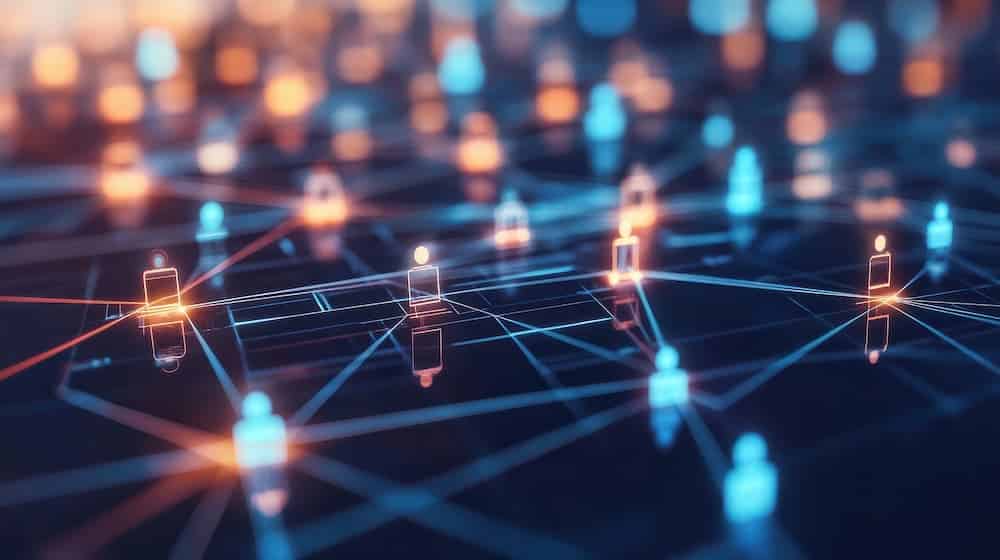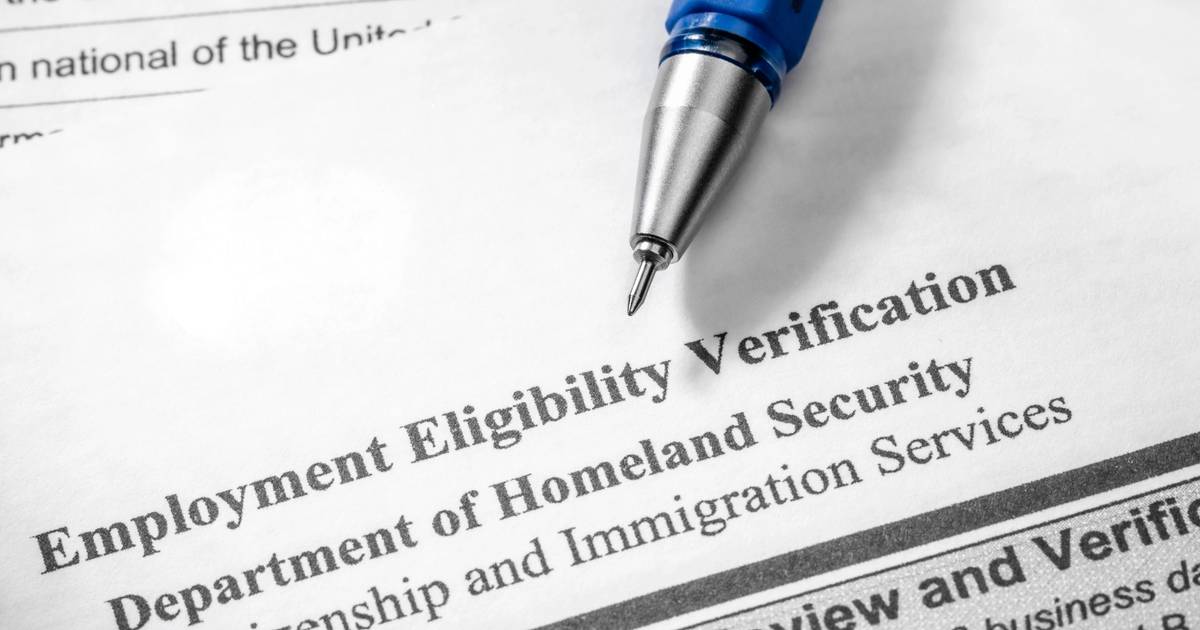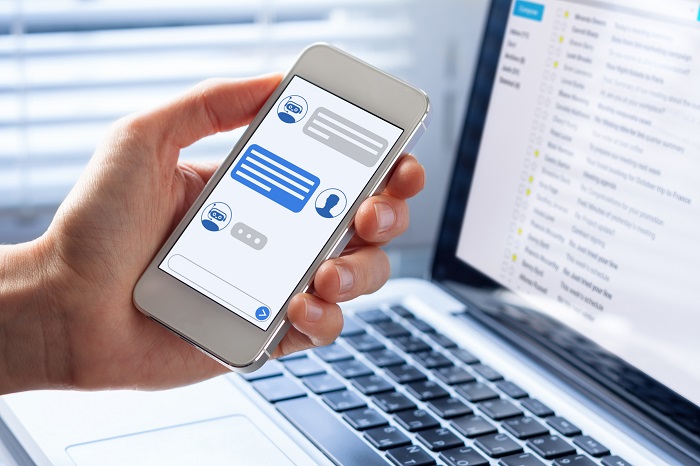HR industry analyst Brian Sommer delivered the opening keynote at HR Tech Asia this week. His talk identified five forces that are radically reshaping HR. These are significant, novel and challenging. And, of course, they will require a lot of work from HR professionals. Here’s a quick look at that talk and the issues Sommer raised in Singapore.
HR organizations, like most entities, must be adaptive. Five forces are in play today that will create lots of work, opportunities and challenges for HR. While AI in HR is a catalyst in some of these, each are multi-faceted, complex and, in a word, puzzlers.
AI is everywhere in HR today. In fact, HR may be the top deployment area for all kinds of AI tools. In the last year, I’ve attended briefings where one vendor announced over 70 gen AI HR capabilities and another announced over 40 agentic AI usages. AI is omnipresent throughout new HR software solutions. You can’t subscribe to or license new HR software without encountering a lot of it.
But all of this AI in HR brings with it new risks, different value propositions, a need for different controls and more. This becomes abundantly clear when selecting new software solutions. Why?
No two vendors are adding AI in the same places, using the same LLMs, etc. This means it is getting even harder to get an apples-to-apples comparison across different vendors’ solutions.
Some of the new selection challenges include:
- Similar AI tools (e.g., job description generator) from different vendors may behave differently and deliver different results (even if they are trained on your firm’s data).
- Likewise, vendors may have different ideas as to what constitutes great HR business processes and workflows. Are the solutions you are looking at a fit for your firm, your industry and your own unique ways of doing business?
- Each tool’s capabilities and/or value are heavily shaped by the data used to train the tool. Shouldn’t you evaluate these data sources as well?
- Each vendor’s ability to create value may be dependent on “if,” “where” and “how” they’ve deployed AI in their solutions. Are your value creation needs aligned with the capabilities of each vendor? Did you consider how new solutions add value to employees beyond those in HR? How did you evaluate the ability of new solutions to compress time and the benefits that it creates?
- Each AI tool has its own risks, security issues, intellectual property concerns, etc. Did you evaluate each of these and find ways to mitigate each concern?
To do a great job of selecting HR in today’s world is to understand what is the art of the possible from numerous solution providers and then design the future HR processes, workflows, deliverables and team that will drive your firm forward. Simply going with an “industry leader” might be convenient, but it could result in a suboptimal solution. The smart HR solutions buyer will likely spend a lot more time deciding how and where their firm will want to use AI-powered capabilities and under what kinds of conditions, controls and reference data.
There is no doubt that AI, in all its flavors (i.e., generative, agentic, algorithmic, robotic process automation and machine learning) has radically changed the HR software space. The way people buy it must radically change as well.
HR must develop countermeasures to Citizen AI
Citizen AI is the broad name that covers a number of free or low-cost tools used by people outside their work life. These capabilities might include AI-powered tools that:
- Offer suggestions or “perfect” a job seeker’s resume
- Help craft a job seeker’s cover letters and thank you notes
- Help people prepare presentations, research topics, prepare for interviews, etc.
Unfortunately, the Citizen AI tools are being used by people (or, in some cases, nation states) to create (not eliminate) work for employers, to commit fraud, to further corporate espionage efforts, etc. Not all users of Citizen AI are benign.
This is not a new problem with technology. As soon as someone invents something new, it may get misused. As a result, countermeasures are needed for some of the new Citizen AI tools today.
How bad is the problem? It’s bad. One major software firm that creates AI tools bans the use of AI-generated content and responses of potential job seekers. They want to understand the “authentic” real-world person who is applying, not some over-polished resume or a person who uses AI to create idealized responses to interview questions.
Bad actors are crowding out more/better qualified candidates with their mass applications (e.g., one job seeker applied to over 5,000 jobs in one week using AI) and misleading resumes/applications.
Not all of the countermeasures have to be technology-based. A great five-minute MIT Sloan video highlights techniques that recruiters can use to stymie AI-powered job seekers. It seems that AI tools can’t respond to certain kinds of questions.
HR should note that Citizen AI is being used to do more than tweak a job seeker’s resume. A recent article highlighted how a nation state is using AI tools to fabricate job candidates, forge academic credentials and test scores, help them get jobs in targeted firms (including the use of AI tools that alter the person’s face/image and voice while offering up AI prompted responses) and all with the goal of getting these people employed into sensitive roles. Once employed, they can install spyware on their employer’s systems and expose trade or national security secrets, steal confidential records (e.g., mailing lists, customer lists, employee data, etc.) and more. This AI-powered super scam is most effective in firms where people are allowed to apply, interview and work virtually.
Make sure your current or future HR software vendor is developing viable countermeasures that will protect your firm and genuinely reduce the time needed by HR to police its processes, employees and job seekers.
HR is in the business of managing agents and algorithms
At this point in the article, a reader might be thinking, “This sounds awful technical. Why can’t HR just stay a place where we interact with people and foster equity, fraternity and high employee engagement?” Unfortunately, HR has to adapt to the times. Nostalgia is not a strategy!
The changes HR must make will be structural, technical, personal and frequent. The composition of the HR department and the skills these professionals will need is changing rapidly. For example, HR may need:
- “Persons in the middle.” An AI best practice is to have a human being oversee the results that AI tools are creating. Even if the AI tool didn’t hallucinate a regrettable response, it might still provide the wrong answer, as it is only right a certain percent of the time. This can happen as AI tools are probabilistic tools and not deterministic. (What this means is that if a chatbot is asked a question about worker benefits, the answer it gives may be right a certain percentage of the time but wrong in other cases.) Are these persons in the middle showing up in the HR staffing plan? Are they being designed into the new HR work processes?
- AI and process experts. Does HR have anyone on staff who can assess the efficacy of new HR workflows, AI tools and processes? Who has these skills? Can they tweak/tune processes (e.g., provide an alternative workflow for certain kinds of transactions)?
- Math quants. Does anyone in your HR team have the skills to understand and tune large, multivariate polynomial equations, which are a key component of newer forecasting and predictive tools?
- Data scientists. Who in HR knows when a LLM (large language model) should be re-trained with a different or newer database? Do they possess the skills to acquire these data stores, evaluate their potential fit for your firm and, trigger the retraining and testing of the AI tools that use this information?
- Data privacy advocates. Who in HR is ensuring that no personal employee data is being inadvertently shared with data vendors, AI software vendors, etc.?
- Bias experts. Can HR staff review the inputs, LLMs and outputs of AI tools to ensure biased information is not present and/or appearing in the results? Can HR fix the errors that occur?
What is key here is that HR must pay continuous attention to the systems it is using. HR software is no longer a technology that you could configure, install and forget about. Nope. All of that AI (and the Citizen AI tools other people use) will require continuous monitoring, tuning/adjusting and protection. HR is now in the data science/management business (whether it wanted to be or not).
HR must lead in the radical reshaping of work itself
We’ve established that the HR function will undergo big structural and technical changes if it is to remain relevant and value-adding. So far, the conversation has focused inwardly on HR. Now, it’s time to see how HR must impact the rest of an organization in a post-AI world.
AI tools have the ability to remove a number of repetitive tasks, transactions, etc. from a person’s workload. For example, an AI tool can schedule recruiting interviews in large numbers in seconds—a task that is not only frustrating but highly time-consuming for recruiters. When these kinds of activities can be replaced via AI utilities, then the number of staff required for some tasks can be reduced. HR should be working with operational and department leaders to identify which roles within the firm will be most affected by AI tools and whether these impacts will trigger staff reductions or a change in focus/work assignments for those in the current positions.
But the changes AI triggers may also mean that “work” will require a more critically thinking employee in these work processes. For example, if an AI tool can automate the processing of common, repetitive Accounts Payable invoices, can HR make sure that the people in the Accounts Payable roles have the savvy to correctly handle new vendors, identify fraudulent invoices, provide answers to one-off questions that AI can’t handle, etc.? Your firm may need both fewer people in some roles but those people may need to be deeply knowledgeable in the subject matter.
HR should take the lead in identifying:
- how AI does/does not affect workflows, work volumes, etc. across the company
- what net-new skills the firm may need as the focus of work shifts to exception handling and troubleshooting
- how many people are going to be required in AI-powered workflows. What skills and experience must these people possess? How will the firm build a pipeline of deep talent in these key skill areas?
- how the firm’s training (L&D) should change to meet these new AI-driven realities.
Work will also change, as we see the user experience getting a massive overhaul. Specifically, workers will be using systems where business events pop up on screens or heads up displays. AI tools will proactively interrogate the event and surface relevant data about that event. This is not a world of forms, spreadsheets and transaction input screens. AI will automatically handle commonplace transactions without user input. Complex or atypical events will get surfaced on a display and users will only need to glance at an item, determine whether it needs any additional context/follow-up, route it to another user for approvals and be done with it.
In other words, if you’ve always seen work as the repetitive processing of transactions, it won’t be any more. Long, sequential workflows are going away. Workflow design will be more fluid and dynamic. Spans of control may be thinning in some areas and the levels of control may be shrinking. Because all of this change is impacting work, HR must have a front row seat to this change. The organization needs HR’s guidance in deciding how work will be accomplished in the post-AI world.
The next-gen workforce will challenge you
It’s been a fixture in HR circles to include the changing demographics and psychographics of workers as part of any HR strategy effort. Many have waxed eloquently about Baby Boomers, millennials and Gen Z, to name a few.
Of the five topics in this article, this one may seem the most predictable, but I encourage you to read on. Why? The current crop of folks joining the workforce from high schools and colleges may trigger a big shock to HR and operations personnel.
To wit, I encourage everyone to read this essay by a college professor. You should also glance at some of the reader feedback at the end. The article details the author’s experience trying to educate people who are addicted to smartphones and other vices. It’s a sobering read and one I’d suggest you share with other HR team members. After reading it, ask everyone this key question: If we continue to struggle to win the war for talent today, how can we win in tomorrow’s world with this workforce on the way? Let me know what suggestions that conversation generates.
Related: Making tech a unifier—not a divider—for an age-diverse workforce
Final word on AI in HR and more
These kinds of changes, taken collectively, require HR leaders to understand: the new technologies, the coming art of the possible, the implications to both HR and the business, and what new strategies and services HR should deliver. HR will also need to:
1. Use new HR tech not just offensively but defensively (e.g., AI countermeasures).
2. Plan for evermore rapid obsolescence of HR tech, processes, workflows, jobs, etc. The changes will touch all of HR and frequently, too.
3. Get in front of the changes also affecting the rest of the organization, as AI might dramatically change non-HR processes, jobs, skill requirements, training needs, career paths and much more.
In other words, HR needs a new, relevant strategy and organization plan. This new future is not just about advanced technologies—it’s about the issues that can define a radically new service level and capability set for HR and, of course, the firm.









